Work ensures Bingling grottoes continue to shine for future generations, Cheng Yuezhu and Ma Jingna report in Linxia, Gansu.
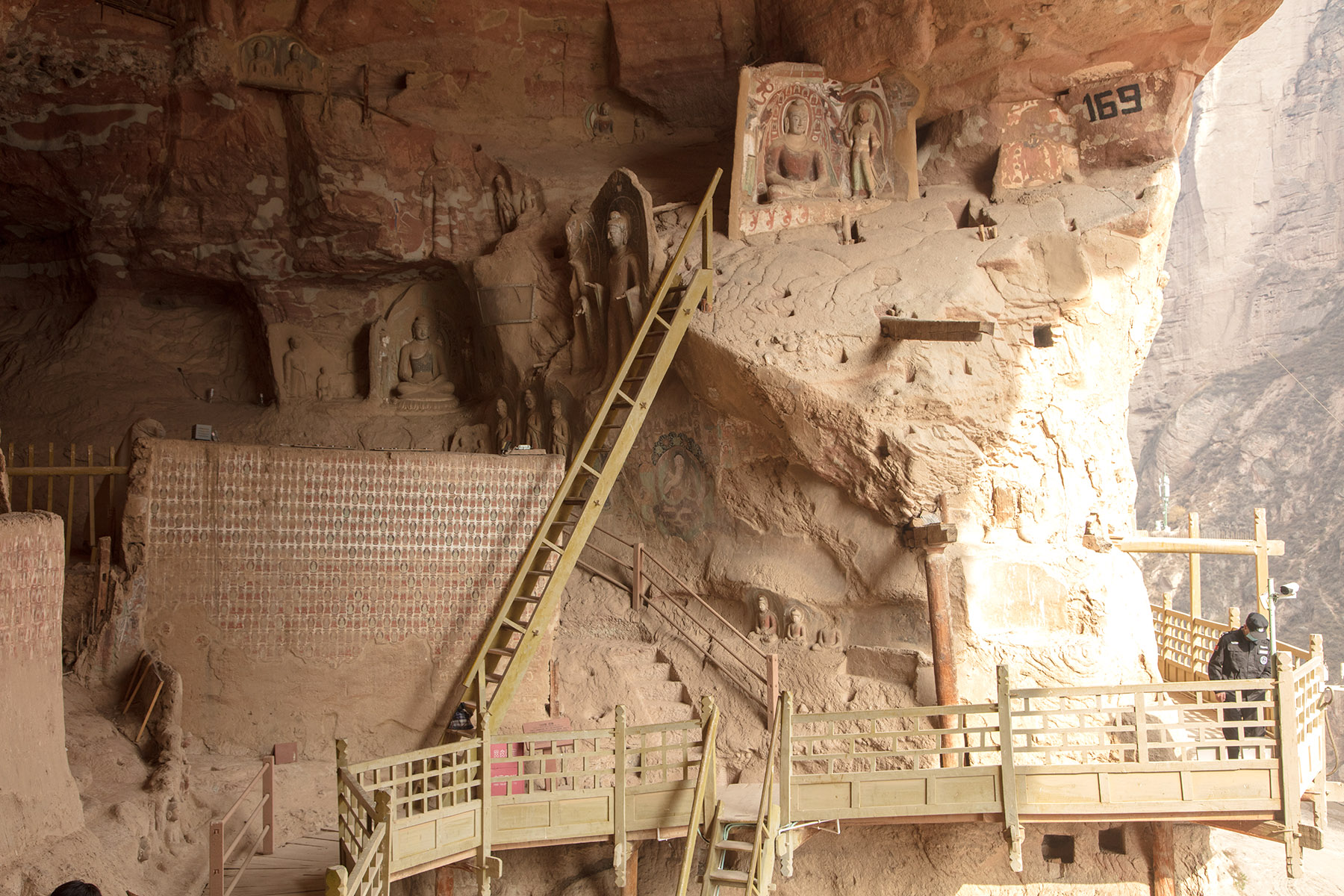
For those traveling to the venerable Bingling Temple Grottoes, the journey itself is an experience. The temple is in Yongjing county, Linxia Hui autonomous prefecture, Gansu province, just beside the Liujiaxia Reservoir on the upper reaches of the Yellow River.
The recommended way to reach the temple is to take a shuttle boat from one of the reservoir's piers, which allows visitors to see the natural spectacle of the clear green water of the Yellow River merging with the yellow murk of the Tao River.
As the boats draw near, the mountains on either side close in, revealing a red sandstone Danxia landscape. Because of the varied shapes of their peaks, the mountains are referred to as a "stone forest" and have inspired people to imagine them as characters with their own stories.
READ MORE: Confluence of ideas
The natural setting made this an ideal site for Buddhist practitioners in search of solitude and tranquillity.
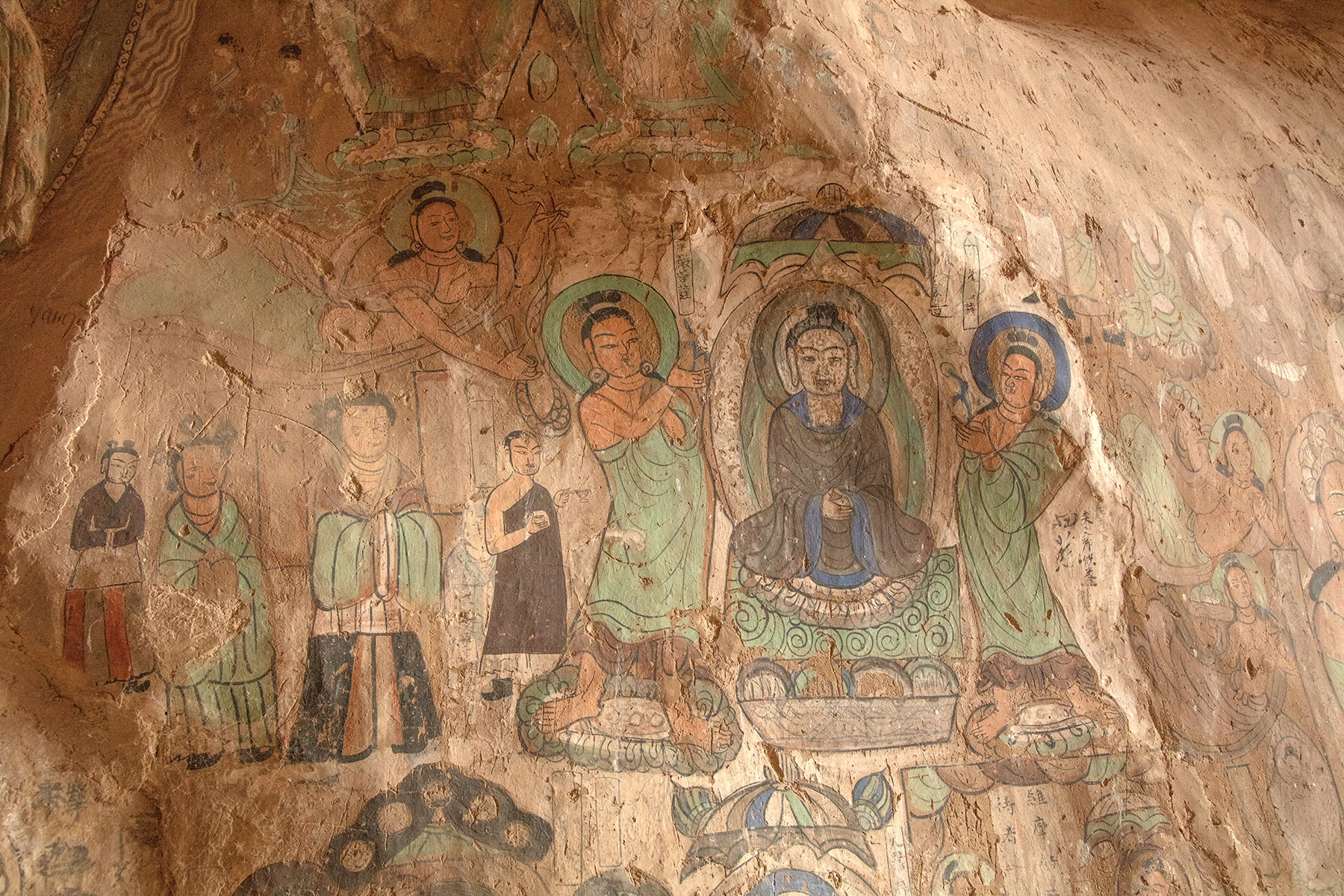
The mountains form the backdrop for Bingling Temple Grottoes. For more than a millennium, people carved stories and beliefs into the mountains with a level of craftsmanship on par with nature's grandeur.
"Cave 169 is the earliest known grotto in China with a precise historical inscription, written in the first year of the Jianhong era, which is today's 420," says Liu Zongchang, deputy director of the Bingling Temple Cultural Heritage Preservation and Research Institute's research office.
"It is an important chronological reference for the study of early Chinese grottoes. The style of sculpture and the imagery in the cave allow scholars to trace the route of the spread of Buddhism in ancient China."
For around a century, the cave was sealed off from the world. Both its construction by ancient craftsmen and rediscovery by experts in the last century were feats.
The cave is located in the cliffs above the temple's biggest Buddha statue, 40 meters above the riverbed. Visitors must climb several flights of wooden stairs beside the statue to reach it.
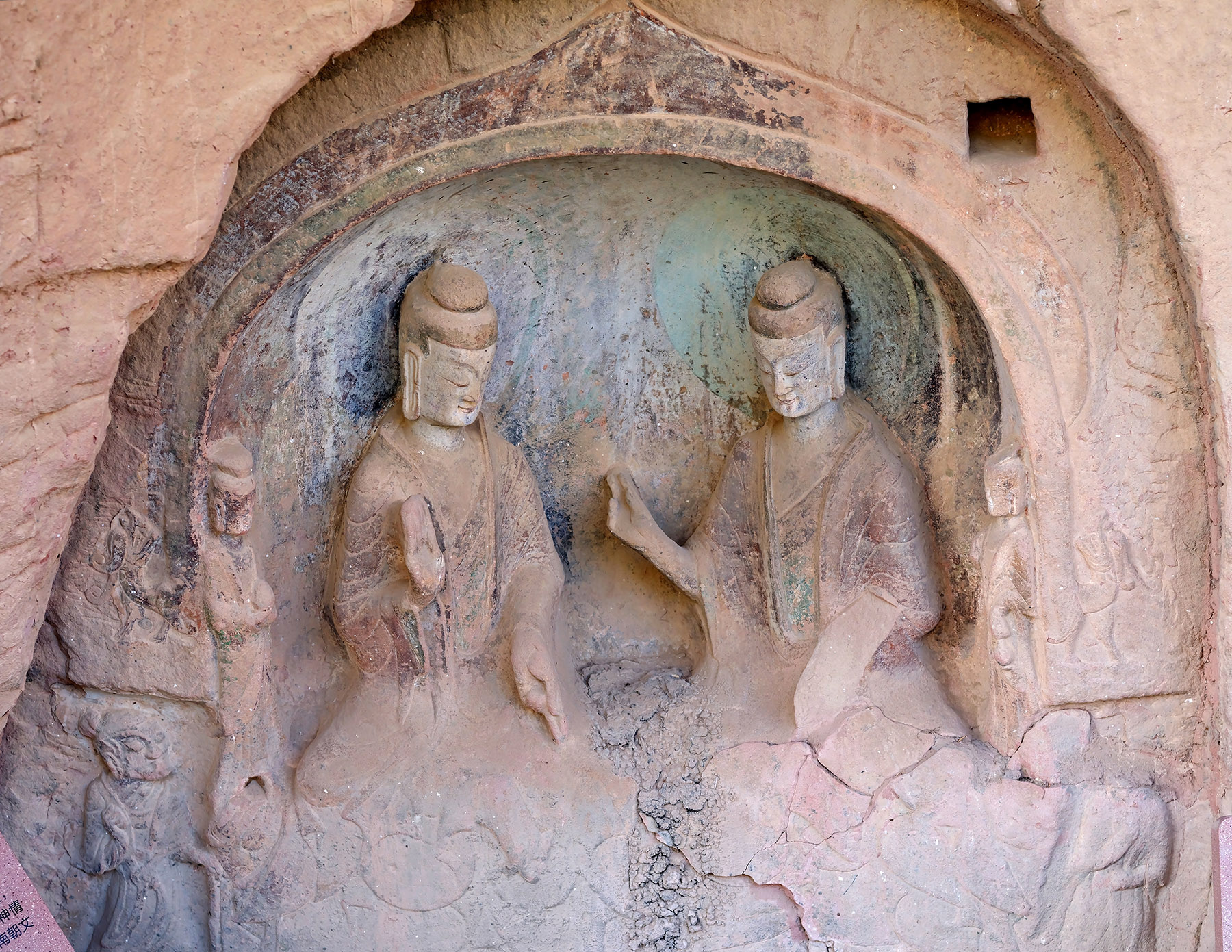
Unlike most grottoes deliberately carved out of the rock, this one began as a natural cave, with craftsmen modifying and reinforcing its walls, and carving niches where they saw fit.
"The wooden structures at Bingling Temple, including the walkway to Cave 169, were destroyed during the wars of the late Qing Dynasty (1644-1911)," says Cao Xuewen, deputy director of the Bingling Temple Cultural Heritage Preservation and Research Institute.
It wasn't until after the founding of the People's Republic of China in 1949 that efforts were made to restore the grottoes. In 1955, the institute was established for their preservation, and in 1961, the site was designated as a national key cultural heritage protection unit.
During the preliminary field study in 1951 and official investigation in 1952, experts were unable to reach Cave 169, and could only observe it through binoculars.
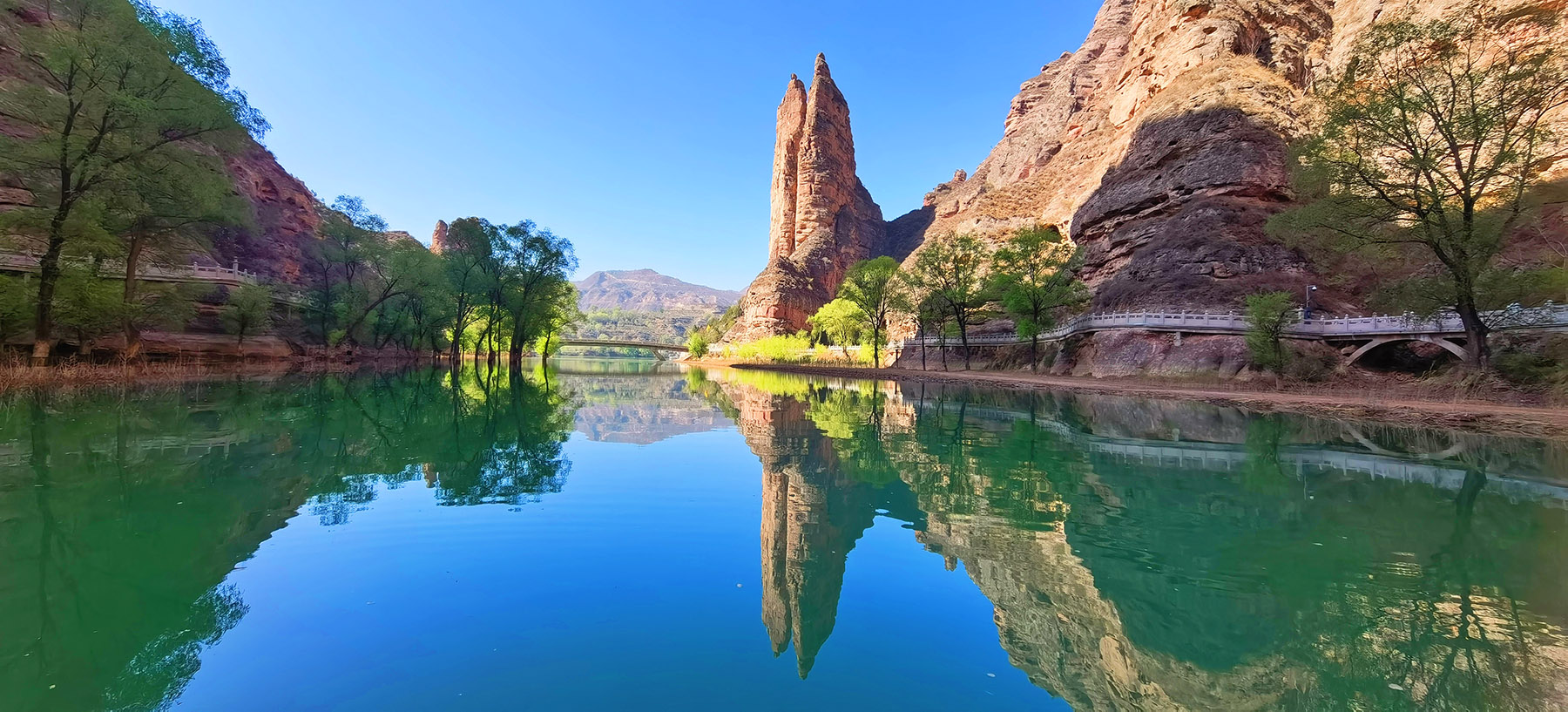
In 1963, the Gansu government assembled a team of leading archaeologists for a 50-day survey. With the help of nearby villagers and the temple's monks, the team erected ladders and put up ropes, and were able to climb into the isolated cave.
"Inside they discovered the earliest dated inscription in a Chinese grotto — a groundbreaking find that ushered in a new era of grotto archaeology," Cao says.
The inscription is a testament to the time when Linxia was the capital of the Western Qin state, which was founded by a branch of Xianbei nomads. The state lasted less than 40 years under four rulers, and faced threats from powerful rivals.
This left its people longing for peace and stability, and the ruling family's belief in Buddhism encouraged the religion to thrive.
In 420, the then ruler declared his successor and changed the era's name to Jianhong. To mark the event, high-ranking officials, royalty, and esteemed monks made donations to renovate the temple, resulting in the inscription and images of them being preserved in the murals.
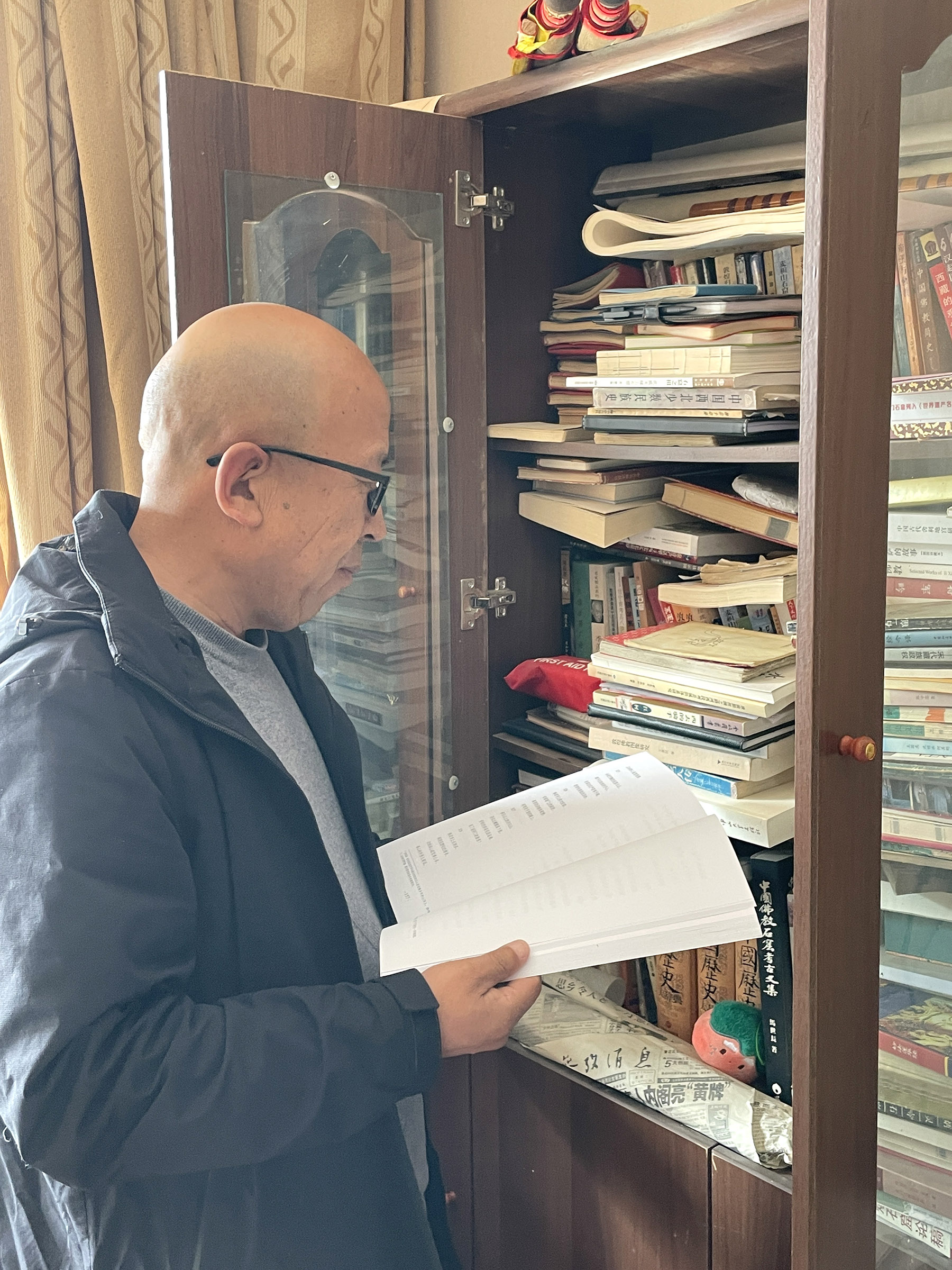
The grottoes continued to be expanded for more than 10 dynasties until the Qing Dynasty. Today, the site comprises 216 numbered caves and niches, some 800 statues, 1,000 square meters of murals, 56 pagodas, and 438 registered cultural artifacts.
Since ancient times, the Linxia region has been inhabited by different ethnic groups. This multiethnic presence created a thriving cultural environment and provided the conditions for the spread and development of Buddhism.
Artwork in the grottoes reflects influences from the two main Buddhist schools in China: the Tibetan tradition and the Han Chinese tradition.
"This region was a key junction on the ancient Silk Road, and a way-point along the Tang-Bo Ancient Road that ran across the western regions of China, so it was an important hub with developed trade and flourishing Buddhist traditions," Liu says.
In 2014, the Bingling Cave-Temple Complex was inscribed on the UNESCO World Heritage Site list as part of the Silk Roads: the Routes Network of Chang'an-Tianshan Corridor, a joint application by China, Kazakhstan and Kyrgyzstan.
In 2017, the institute was placed under the unified management of the Dunhuang Academy in Dunhuang, Gansu province.
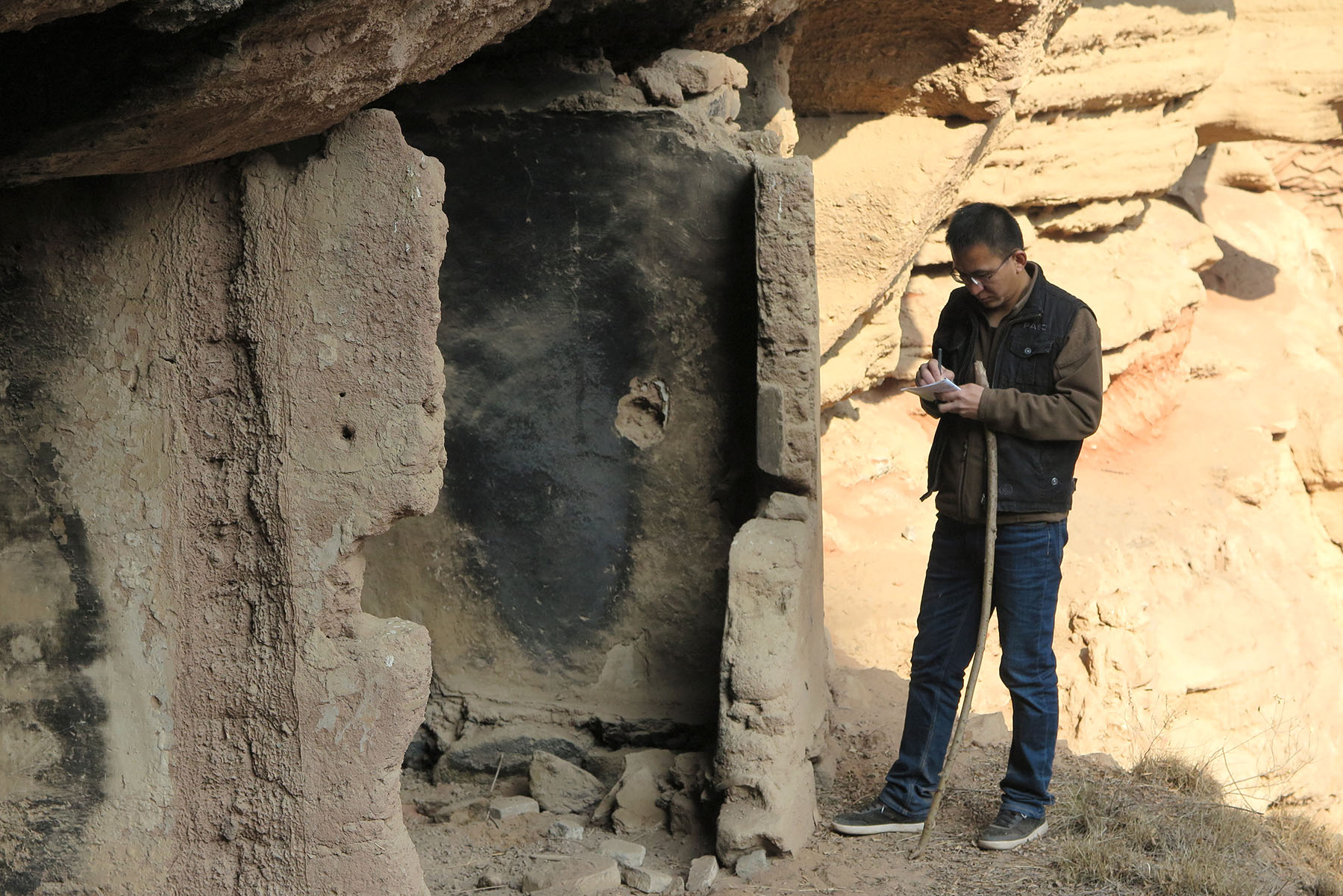
The geological conditions pose both advantages and challenges for the grottoes. For example, the sandstone of the mountains is fine and soft, which makes it easier to carve detailed reliefs, but also makes it prone to weathering and crumbling, especially when exposed to water.
Liu says that in around 15 years of working at the temple, two heavy rainstorms in 2012 and 2018 posed a danger to the grottoes. In 2012 particularly, mud and sand blocked the drainage system, and more than 20 staff members worked all night to scoop out water.
"We have been continually reinforcing the mountains to prevent rockfall, and whenever it rains too heavily, we close the grottoes and reopen them when the weather clears up," Liu says.
ALSO READ: Shanxi's ancient marvels
In recent years, a series of conservation projects sponsored by national- and provincial-level funds have been undertaken to protect and restore the grottoes.
A comprehensive monitoring and warning system has been installed to address the protection, use, and management of the grottoes, with a digital platform to monitor aspects such as the overall environment, the environment inside the caves, cultural artifacts, and the number of visitors.
Ongoing preservation projects include restoring the murals and statues that have deteriorated, dealing with hazardous rock formations, as well as digitalizing heritage.
Contact the writers at chengyuezhu@chinadaily.com.cn


